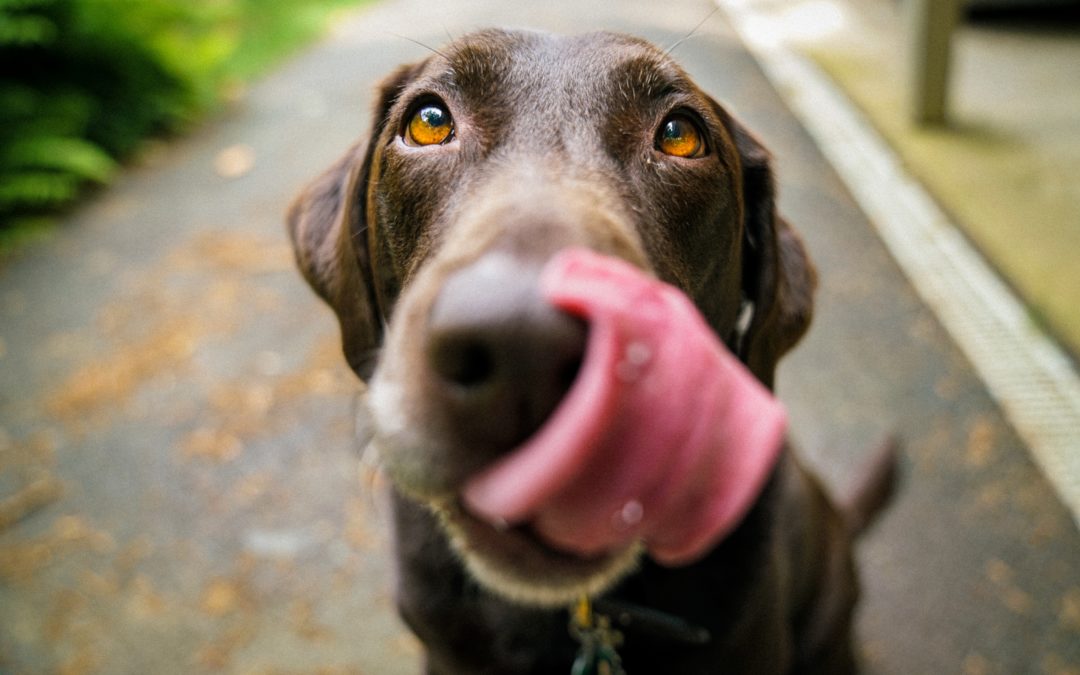As a caring pet owner, you might be curious about the dog food you give your pet. You want to be sure that you’re giving your dog the right food to ensure they stay healthy in every stage of life. Keep reading to learn more about what foods are on the market and how to choose the right type for your pet.
What Is the Best Food to Feed Your Dog?
Before we dig into the details of which food is best for your dog, let’s learn about the different types of dog food and what sets them apart.
Dry Dog Food
Many dog owners prefer dry dog foods because of how affordable and easy it is to store. The dry version never requires refrigeration and is storage stable because of the low water content.
The healthiest dry dog food will contain a balanced and complete nutritional combination of meats, grains, and occasionally vegetable matter. The creation process involves cooking the mixture down to convert the starches for better digestion and absorption into the body.
Wet Dog Food
Wet dog food will often have a higher ratio of meat and animal byproducts. Like dry food, the mixture goes through a cooking process to minimize bacteria and help the food stay fresh inside the can until you open it. However, this type of dog food needs refrigeration after opening to prevent the growth of bacteria.
Raw Food Diets
In recent years, many pet owners have been looking into supplementing or replacing their dog’s typical diet with raw foods. However, it is essential to note that switching to this particular diet requires in-depth research of scientific studies and the guidance of a veterinary nutritionist.
The chances of becoming ill with a food-bourne illness are higher when using a raw food diet. As such, you will need to learn about food hygiene and sanitation practices to protect yourself and your furry companion while implementing this practice. Additionally, this diet is not intended for animals with existing health conditions.
Homemade Dog Food
In an effort to have more control over the quality of ingredients in dog food, many owners are turning to homemade dog food recipes. Once again, this diet will require the advice and knowledge that only a veterinary nutritionist has to ensure that your pet gets a complete and nutritional meal.
What Can I Feed My Dog Instead of Dog Food?
If your best friend is a canine, you know how difficult it can be to resist those puppy dog eyes at dinner time. However, it is critical to remember that table scraps should never be your pet’s primary food source.
The list of the best human food for dogs includes, but isn’t limited to:
- Cooked or raw human-grade meats
- Raw meaty bones
- Cooked rice
- Cooked pumpkin
- Shredded raw carrots
The entire list of the best human food for dogs is quite long, so let’s take a look at the foods you absolutely must avoid giving your dog:
- Onions
- Garlic
- Chocolate
- Citrus
- Fatty, salty, or sweet foods
The Best Dog Food Diet for Your Dog
You might be asking, “What type of dog food is best for dogs with allergies?” or “What type of dog food is best for dogs with sensitive stomachs?”
The best dog food diet will depend significantly on your pet’s age, breed, health conditions, and lifestyle. Ultimately, all pet owners should consider vet-recommended dog food to ensure the health of their canine companions. Your vet will know which food is best for every age, stage, and health concern.
The general guidelines that you should follow for ages and stages are below.
Puppies
Puppies that are under 16 weeks old should continue the diet they are already on with the breeder. This practice helps prevent stomach upset and other unwanted behaviors. After a few weeks, you can begin to introduce small amounts of the food you prefer to use.
While you are introducing the new food, be sure to note any reactions the puppy has to the food. For example, repeated puking, diarrhea, or other signs of distress may indicate allergies or sensitivities.
Puppies older than 16 weeks can begin having raw meaty bones to chew. Not only will this give the puppy something other than your favorite shoe or sofa to gnaw on, but it also helps reduce plaque on the teeth.
All puppy-oriented foods have the necessary nutrients to encourage healthy growth and development.
Adult Dogs
Different breeds of dogs reach adulthood at different times. Medium and small breeds tend to be considered adults at the one-year mark, while large breeds become adults between 18 and 24 months. You can find a specific dog food that aims to meet the needs of each unique animal.
Remember to ask your veterinarian about going a step further to customize your dietary approach with your pet’s potential health and medical conditions in mind. Each animal may be prone to significantly different health problems, and your vet will have the right advice for you.
Senior Dogs
Much like humans, your dog’s needs will change as it ages. Some pets may lose teeth or develop stomach sensitivities as they get older or experience complex or chronic issues. Advancing in age will often mean using softer foods or introducing more nutrients or fiber to the diet for some dogs.
Find an Animal Clinic Near You
We hope this article helps clarify the different types of dog food on the market and your options. We know you only want the best for your pet, and we are here to help you accomplish that goal.
If you are interested in learning more about choosing the proper diet for your dog, consider reaching out to your nearest Penny Paws location and booking an appointment. Our expert veterinarians have reliable training and in-depth knowledge to help you customize your pet’s diet to their unique needs and keep them happy and playful.

